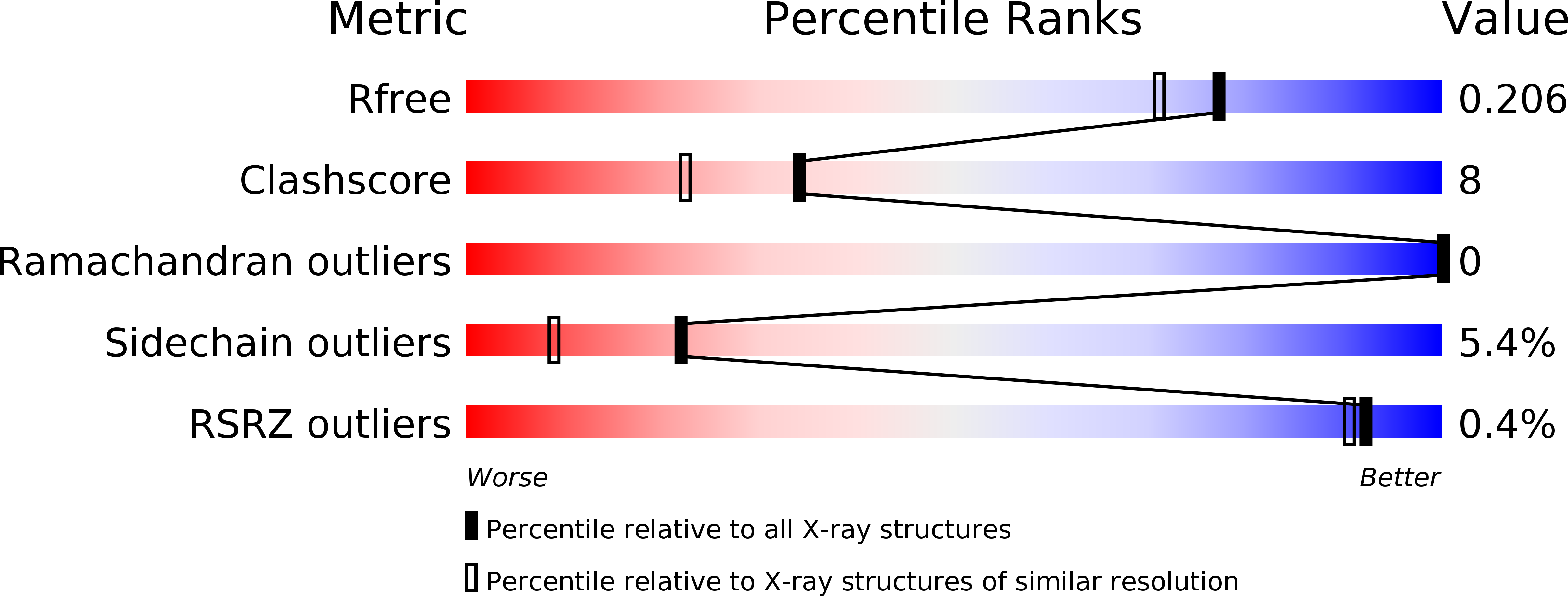
Deposition Date
2006-04-12
Release Date
2006-08-15
Last Version Date
2023-10-25
Entry Detail
PDB ID:
2DKN
Keywords:
Title:
Crystal structure of the 3-alpha-hydroxysteroid dehydrogenase from Pseudomonas sp. B-0831 complexed with NADH
Biological Source:
Source Organism:
Pseudomonas sp. (Taxon ID: 402890)
Host Organism:
Method Details:
Experimental Method:
Resolution:
1.80 Å
R-Value Free:
0.20
R-Value Work:
0.17
R-Value Observed:
0.17
Space Group:
P 21 21 21


